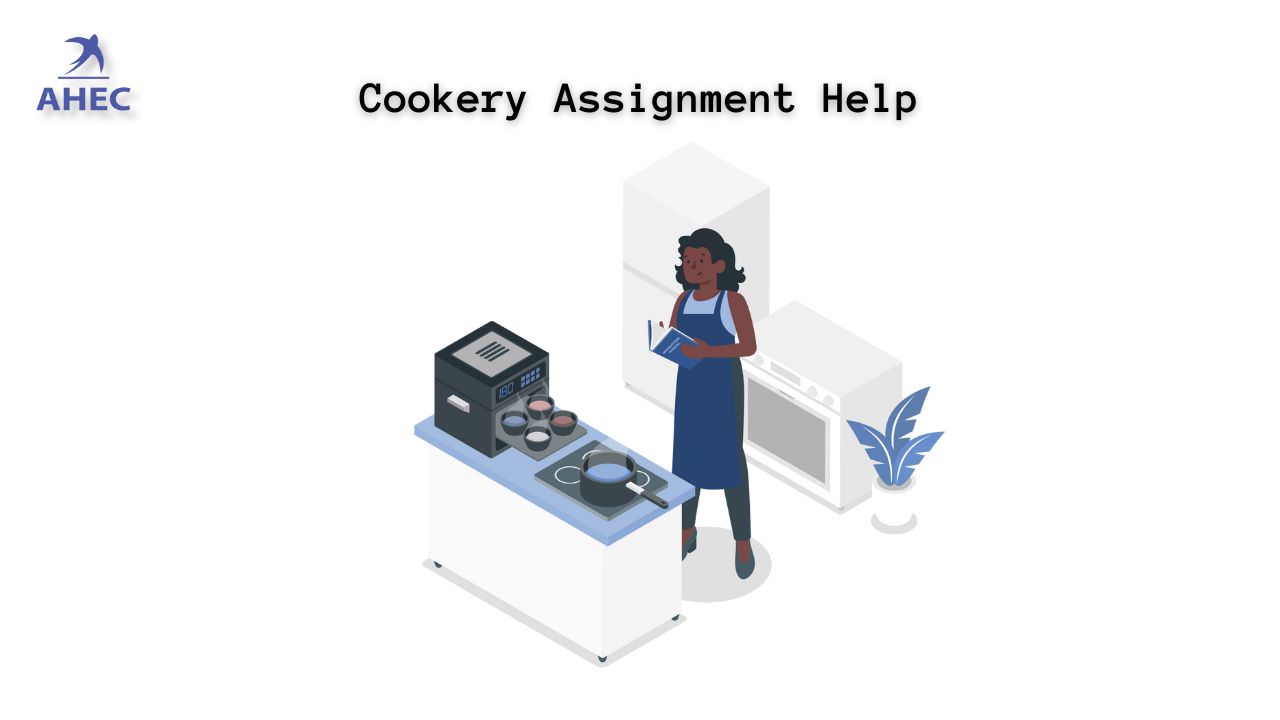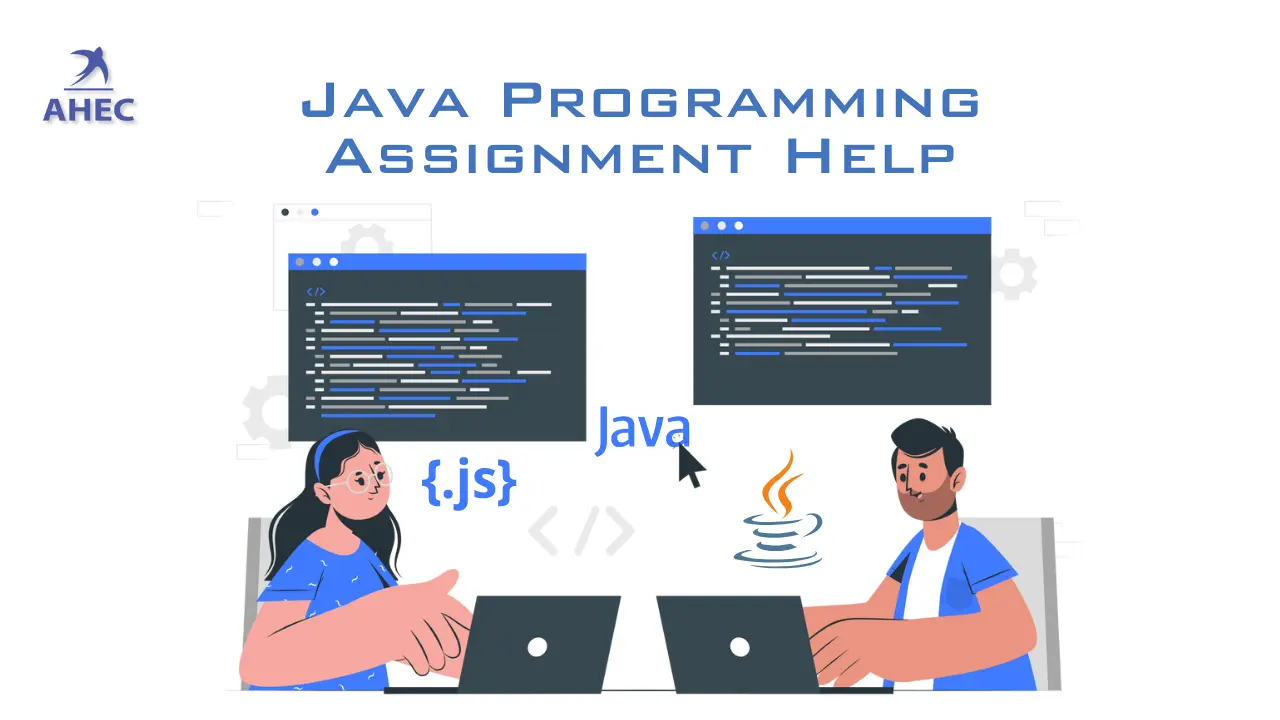Writing a short essay includes so much effort because doing and explaining everything in that short word count can be traumatizing. You might think that crafting a short essay is just a few hours task, but it's not; it takes the same time to do the research, collect credible resources, organize them, and create the outline. All you can do in this short word count is stick to your words and focus on the topic. Learning about how to do that is so important, and to do that, you need to keep a few things in mind. So, in this blog, we are going to discuss how to write a short essay and also how to structure it to get the maximum results.
What Is Short Essay Format?
Crafting a short essay in the range of 250 to 500 words, and maybe stretching it to 750, can be hard for students. In this quick write-up, students must be like word magicians, explaining their thoughts and arguments in a small space. It's like trying to fit a big story into a tiny box, requiring a special skill in using just the right words. Even though a shorter essay might seem like an easy topic, it's a challenge to express ideas clearly within these limits. Finding the balance between being brief and saying enough is tricky. Students have to be smart about picking words and organizing their thoughts in a short but complete way. This exercise isn't just about knowing the subject; it's about showing how well you can talk about it in a short essay.
How to Write a Short Essay?
Crafting a short essay requires a systematic approach to effectively convey your ideas within a limited word count. Let's delve into the step-by-step process:
- Select a Topic
- Research
- Outline
- Write
- Reference
- Edit
- Proofread
Select a Topic
Selecting a topic is the first and most important step. Ensure it is relevant and interesting; discuss options with your professor if needed. It can be general, but align with your interests. Be confident in your choice and have enough knowledge to support your arguments.
Research
Research is vital; ensure the use of credible sources. Don't hesitate to conduct extensive research. Look for reliable sources like books, articles, and academic journals. Gather information, take notes, and organize them effectively.
Outline
Creating an outline is crucial for organizing your thoughts and ideas. Ensure your assignment is outlined, allocating word count and time for each section. Include an introduction, body paragraphs, and a conclusion in your outline. If time permits, consider adding headings for further organization.
Write
Writing is a crucial phase where you transform gathered information into content. Begin with an attention-grabbing introduction, followed by body paragraphs with smooth transitions. Conclude by summarizing your work, ensuring a well-crafted assignment.
Reference
References are so important. writing them acknowledges the sources you've utilized, giving due credit. Ensure adherence to the citation format provided by your professor.
Edit
Editing is the phase where you review your entire written work, including referencing and citing sources. Now, it's time to identify grammatical errors and make necessary changes to enhance the clarity of your writing.
Proofread
The final and most crucial step is proofreading. You can do this independently or seek assistance from your seniors. Proofreading your essay multiple times, and having a fresh pair of eyes, such as asking a friend to review it, can be beneficial.
What Should Be the Structure of the Short Essay?
- Introduction
- Body Paragraphs
- Conclusion
- Reference
Introduction
the essay is short which means that you don't need to write an introduction no you are wrong here. you have to it can be short 10% of the total word count. make sure to write an introduction that gives a brief overview of the topic and should grab the reader's attention. make sure to include the thesis too.
Body Paragraphs
Include short but comprehensive body paragraphs, ensuring each thoroughly explains an argument with supportive evidence. Focusing on one idea per paragraph organizes the essay and provides clarity to the reader. Additionally, incorporate sentences that transition between paragraphs smoothly. This ensures a well-structured and cohesive flow throughout your essay.
Conclusion
In the conclusion, reiterate the thesis, summarize the main points discussed in the essay, and provide a final thought to leave the reader's mind engaged. Ensure you have already explained everything, but in the end, leave a lasting positive impression.
Reference
Lastly, on a new page, write all the references, and make sure to cite all the sources to showcase that you have done great research. This step reinforces the credibility of your essay.
Essay Writing: Dos and Don'ts for Success
Dos for Successful Short Essay Writing
- Craft a concise and clear thesis statement that guides the reader and keeps your writing on track.
- Invest time in outlining your essay. A well-organized plan helps you structure your thoughts.
- Even in a short essay, evidence adds depth and credibility, so include relevant examples or evidence.
- Set aside time for revision and polishing your essay. A well-edited essay showcases your commitment to quality.
- Make sure to adhere to any guidelines or instructions provided for the essay.
Don'ts for Successful Short Essay Writing
- Don't skip the proofreading stage, as typos and errors can detract from the professionalism of your essay.
- Don't overuse certain words or phrases, as repetition can make your writing less engaging.
- Avoid overusing technical or complex language.
- Don't ignore proper formatting, as formatting adds to the overall professionalism of your essay.
- Don't forget to include transition sentences, as transitions enhance the flow between ideas, improving overall coherence.
Conclusion
In this blog, we talked about a short essay, how to write it, the right structure, and the important dos and don'ts. we explored why keeping things clear and using examples is important in short essays. Remember, keeping your main points strong and staying on track with your argument makes your short essay more effective. Don't forget to read and follow these tips to make your writing better and get good results.






























































































































































